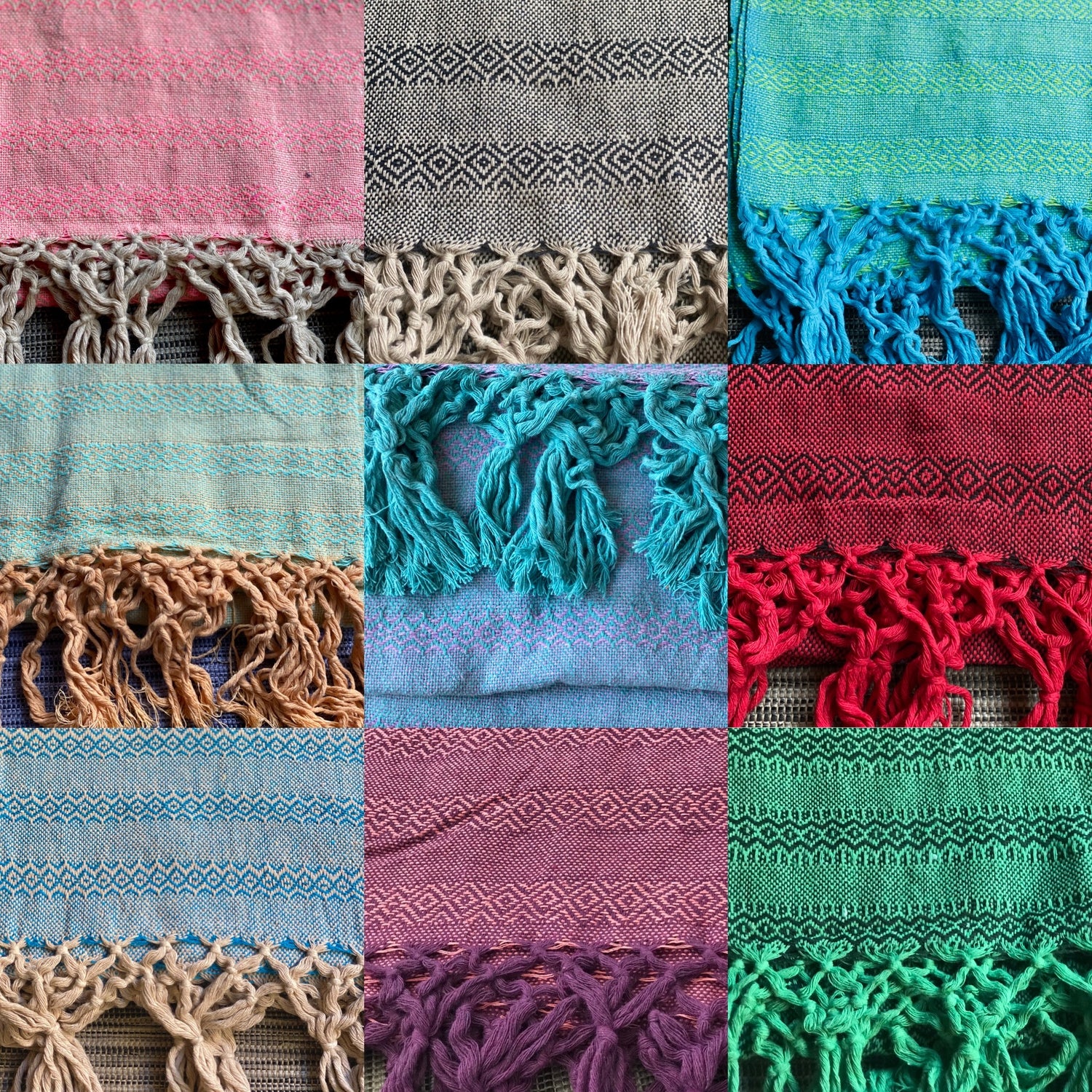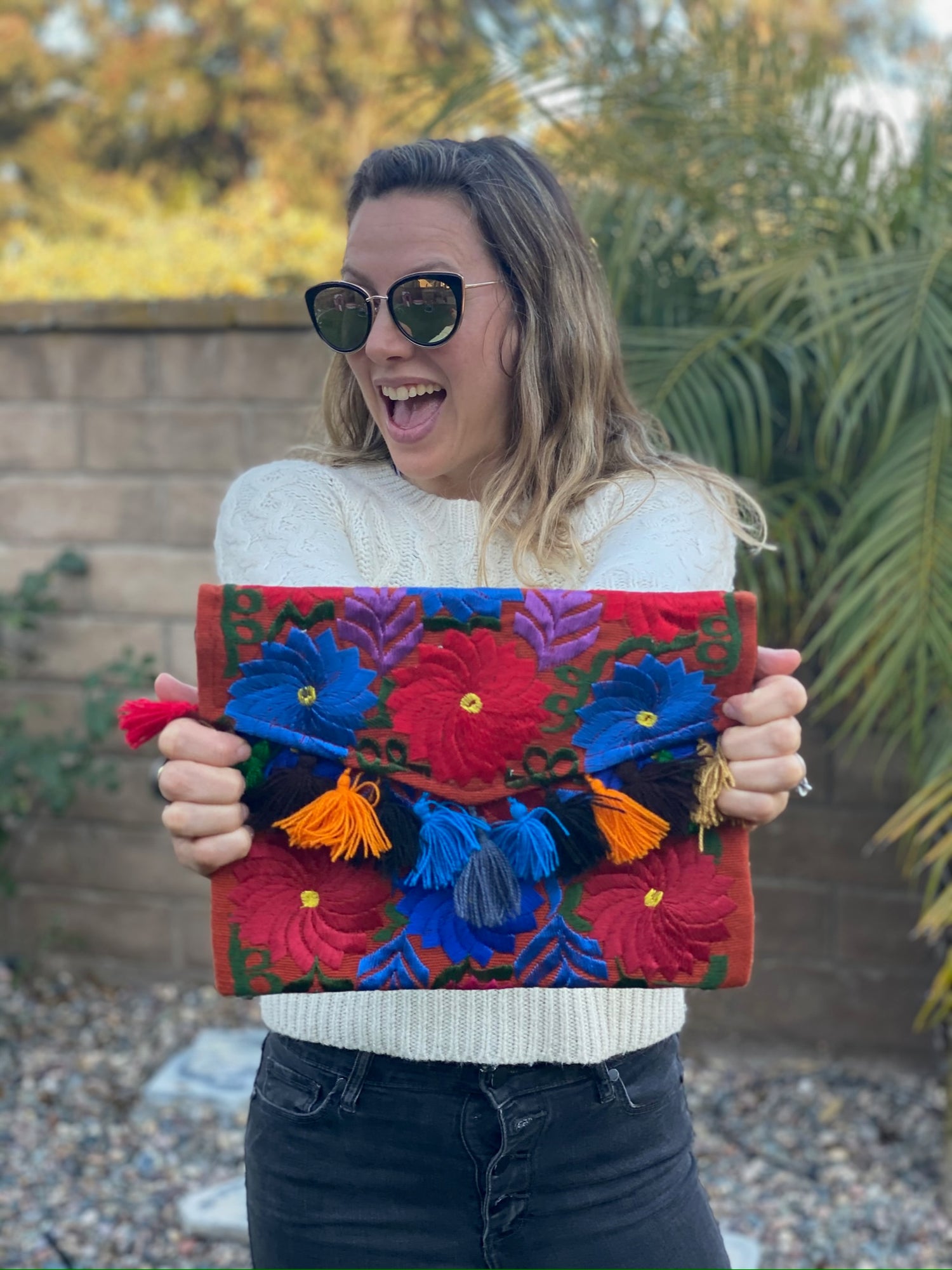Famous Mexican artists have long been inspired by the rich cultural heritage of the rebozo, a traditional garment that embodies the beauty and history of Mexico.
The rebozo serves not only as a practical accessory but also as a powerful symbol of identity, artistry, and the connection to Mexican roots.
From painters to textile artists, the rebozo has found its way into various forms of art, illustrating its role in fashion and culture.

As you explore the works of these artists, you will see how the rebozo reflects themes of strength, femininity, and tradition.
Its vibrant colors and intricate designs often represent a blend of personal stories and communal values.
The deep connection to Mexican heritage makes the rebozo a prominent subject in their artistry, celebrating its importance to both past and contemporary life in Mexico.
Understanding how these artists interpret the rebozo provides insight into its broader cultural significance.
You will appreciate not only the artistic expression but also the deeper meanings behind this iconic textile, which continues to inspire and influence creative minds today.
Key Takeaways
- The rebozo symbolizes Mexican identity and heritage.
- Artists celebrate the rebozo's beauty in their works.
- The garment connects traditional and modern cultural expressions.
Historical Significance of the Rebozo

The rebozo is more than just a traditional shawl; it is a symbol of cultural heritage and identity. Its history traces back to the 17th century and reflects the evolution of Mexican art and society.
Below are key aspects of the rebozo's significance through its origins, its role in the arts, and its connection to famous figures.
Origins and Evolution
The rebozo originated in the 17th century as an essential garment for indigenous women. Initially made from cotton, it later incorporated materials like silk, wool, and rayon.
The colonization of Mexico influenced its design and use, with mestizo artisans creating unique styles. The use of indigo dye became popular, adding vibrant color.
Over time, the rebozo evolved into various forms, reflecting regional identities and changing fashion.
Today, it serves as a testament to Mexican cultural resilience, embodying both tradition and modernity. Women for centuries have worn it during significant events, including Mexican Independence Day, showing its ongoing relevance.
Rebozo in the Arts and Mexican Identity
The rebozo holds a crucial place in Mexican art and culture. It reflects the complexity of identity, symbolizing the blend of indigenous and European influences.
Various artists, including Frida Kahlo, have celebrated the rebozo in their works, often portraying it as a key element of their identity.
In literature, music, and visual art, the rebozo's presence symbolizes strength and femininity. Its intricate weaving techniques mirror the skill and creativity of Brazilian artisans.
The shawl is not just a fashion accessory; it is a profound representation of Mexican heritage and a source of pride for many.
Famous Figures and Their Rebozos
Many iconic Mexican figures have embraced the rebozo, contributing to its cultural significance. Frida Kahlo, for example, often wore rebozos in her paintings and public appearances.
These shawls expressed her unique style and connected her to her Mexican roots. Other artists have also incorporated rebozos into their work, highlighting their versatility and beauty.
The rebozo serves as a reminder of the strength and resilience of women throughout history. It is a living symbol of Mexican culture, connecting past and present through generations.
The Rebozo in Modern Context

The rebozo has evolved significantly and is embraced in contemporary fashion and art. It reflects traditional techniques while finding new expressions in modern contexts. This section explores its presence in fashion, exhibitions around the world, and efforts to preserve its rich craftsmanship.
Contemporary Fashion and Design
In recent years, numerous fashion and textile designers have integrated the rebozo into their collections. This traditional garment showcases unique hand-woven techniques, often using the ikat dye process.
Designers from places like Oaxaca and Tenancingo create modern pieces that still honor cultural heritage.
The use of vibrant colors and intricate fringe details is popular among contemporary designers. They skillfully blend traditional patterns with modern silhouettes, making the rebozo a sought-after accessory.
As a result, it has become a staple in the wardrobes of stylish individuals worldwide.
Rebozo Beyond Borders: Exhibitions and Collections
The reach of the rebozo extends beyond Mexico, featured in numerous international exhibitions. Museums like the Franz Mayer Museum in Mexico City and the British Museum in London display these garments, demonstrating their cultural significance.
Private collections also preserve the artistry of the rebozo. Exhibitions often highlight the stories of weavers from regions like Santa María del Río, providing context to their craftsmanship.
These showcases educate visitors about the historical and artistic importance of the rebozo in both Mexican and global contexts.
Preservation of Craft and Techniques
Efforts to preserve the rebozo’s traditional craftsmanship are essential for future generations. Weavers and students are encouraged to learn these age-old techniques, ensuring they continue to thrive.
Workshops and educational programs focus on the intricate methods of hand weaving and dyeing.
Organizations and artists work together to promote awareness of the rebozo’s cultural heritage. This collaboration fosters respect for the artisans and their skills.
You can find workshops aimed at keeping these traditions alive while adapting to contemporary tastes, securing the rebozo’s place in modern society.
Frequently Asked Questions

This section addresses common inquiries about the rebozo and its significance in the works of Mexican artists. You will find details about prominent artists, cultural meanings, and the rebozo's role in identity and politics within Mexican art.
Who are some prominent Mexican women artists known for incorporating the rebozo into their work?
Prominent Mexican women artists include Frida Kahlo and Nao Bustamante. Kahlo often depicted herself wearing a rebozo in her self-portraits, emphasizing her cultural roots. Bustamante's exhibitions also explore the rebozo's role in Mexican women's history.
What does the rebozo represent in the artistic expressions of Mexican culture?
The rebozo symbolizes tradition, protection, and femininity. Artists use it to convey cultural identity and connection to Mexican heritage.
Its vibrant colors and intricate patterns often reflect personal and communal stories.
How have male Mexican artists depicted the rebozo in their art?
Male artists like Diego Rivera have portrayed the rebozo as a symbol of Mexican life and labor. In his murals, it represents the everyday experiences of women, highlighting their strength and importance in society.
Can the rebozo be seen as a symbol of identity in Mexican art?
Yes, the rebozo serves as a powerful symbol of identity.
It connects individuals to their cultural heritage and is a representation of Mexican women's roles throughout history. This makes it a significant element in many art pieces.
In what ways has the rebozo been used as a cultural or political symbol by Mexican artists?
Artists have used the rebozo as a political statement, showcasing the struggles and resilience of women.
It appears in works that advocate for social justice and equality, linking personal narratives to broader cultural movements.
Which Mexican artist is famously recognized for self-portraits featuring a unibrow and often depicted with a rebozo?
Frida Kahlo is the artist known for her iconic self-portraits featuring a unibrow.
She frequently included the rebozo in her work, using it to express her identity and experience as a woman in Mexican culture.




